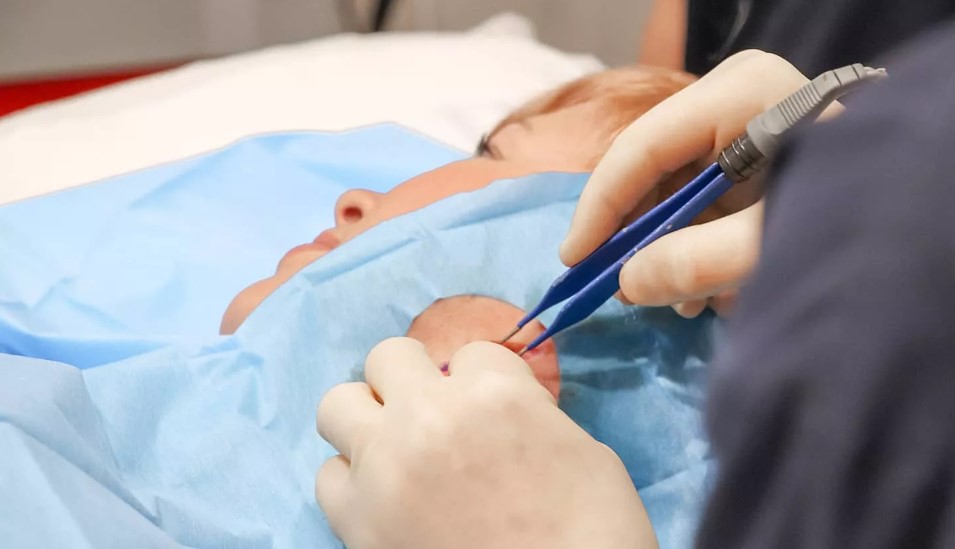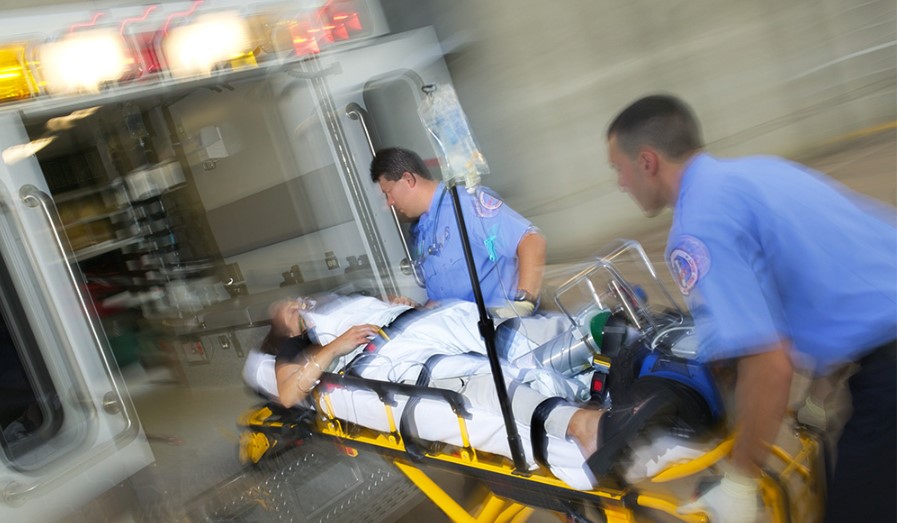Knowing what a cyst is and how it develops is vital before talking about cyst removal. A cyst is a fluid-filled bump that develops just below the surface of the skin. It’s a common and benign condition that will go away by itself. These are beneath the skin, soft to slightly hard nodules that are frequently covered with dead skin cells.
Cysts can be as little as a pea or as large as a few centimeters across. They develop slowly. Skin cysts are normally painless, but if infected, they can become sensitive, sore, and red.
Skin Syst Types
Keratin is a protein. It provides skin its strength and flexibility and is produced by certain cells in the top layer of skin.
As these cells begin to die, they travel to the skin’s surface to be removed. However, the cells might penetrate deeper into the skin and grow, producing a sac. They secrete keratin into the sac’s center, forming a thick, yellow goo. If the cyst bursts, this might pour out. With time the cyst can enlarge.
The common cysts are:
- Pilar cysts – appear on the scalp
- Epidermoid cysts – commonly occur anywhere on the body
- Sebaceous cysts – these occur anywhere in the body
- Acne cysts – These appear in regions where there has been a lot of acne irritation. Acne cysts are often treated medically rather than surgically.
Some cysts occur inside the body, on reproductive organs, spinal tissue, and even the brain. These cysts are usually a greater source of worry. Similarly, a tiny percentage of cysts in the general population turn out to be malignant. You can observe the size of any cyst and then visit a doctor to check up on the cyst. While most cysts are not life-threatening, others pose major health hazards and need rapid medical intervention.
Treating Skin Cysts
Each cyst is treated differently. Treatment of cysts depends on several factors. Such as type of cyst, its location, size, presence of symptoms, current condition (swollen or infected), and other characteristics.
Most epidermoid cysts do not cause any harm to the body. Treatment is indicated and recommended if a cyst is rapidly growing, painful, swollen, inflamed, or infected.
Initially, you can clean the cyst area at home. Using a sharp object to pop, squeeze, or rupture a cyst can lead to infection and long-term damage. A warm, damp towel on the affected area can help it drain and heal. Cysts sometimes go away on their own.
Your doctor can give you some suggestions if anything goes wrong. If the cyst makes you irritated you should check with some doctors where cyst removal near you is possible.
WHEN SHOULD A CYST BE REMOVED?
However, if a cyst has already ruptured, lancing is typically adequate to remove the remainder of the cyst. Excision is the only permanent procedure for cyst eradication. Excision is also the best way to remove deep-seated cysts that have not yet burst. Cyst excision is cutting around the cyst and removing the whole cyst wall and contents before suturing the entire region to aid in appropriate recovery.
Cyst removal is a straightforward surgical operation that may be performed anywhere on the scalp, head, or face. A local anesthetic injection is used to remove the cyst. Cyst removal often takes 20 to 45 minutes.
In most circumstances, removing a benign cyst is unnecessary unless it is causing pain, discomfort, or loss of confidence. For example, if you have a cyst on your face or neck and it irritates you every time you cleanse it, consult your doctor about having it removed. Medication can easily help remove cysts in some cases.
The most common grounds for cyst removal are malignant tissue or infection. If a cyst is cancerous, it must be removed as quickly as possible to avoid future issues. The same may be said for an infected cyst.
Links:
https://www.premierdermatologypartners.com/blog/when-is-the-right-time-for-cyst-removal-surgery





